During our week in southern France this past spring, we took a day trip to Marseille.

I was hoping to take more of a laid-back approach in Provence, since we’d packed a lot of things into the Paris portion of our trip, so I’d only done minimal preparation to find out what the market days were in some of the cities we wanted to visit. In fact, I even decided to leave my camera at home the day we went to Marseille (which, of course, I immediately regretted; photos here courtesy of my cell phone) because I thought I’d just enjoy a leisurely day in the Mediterranean. When lunchtime rolled around, however, I really wish I’d done just a little more planning. But it all worked out in the end.

It was the first time in Marseille for my husband, my cousin, and me, and one of the things we were looking forward to was trying the town’s famous bouillabaisse. (Personally, I would’ve been more excited about the sea urchin street parties that Marseille is also known for, but we had just missed the tail end of that season.)
Now, the origins of bouillabaisse are slightly controversial. Traditionally, people attribute the origins of the dish to poor fishermen, who made it out of leftover scraps from the day’s catch, as this recent NPR story relates. However, a few skeptics believe this to be simply a romantic notion, as pointed out by Traveler’s Lunchbox, and that bouillabaisse has always been a dish of the elite, given the price and quality of the ingredients, including saffron and no less than four to six types of fish, many of which found only in the Mediterranean.
And then there are those who say the dish originated from the goddess Venus, who made it to lull her husband, Vulcan, to sleep so that she could seduce Mars.
Whichever camp you belong to, suffice it to say that bouillabaisse is a fish stew cooked in a saffron broth, and it is native to Marseille (or Marseille via ancient Greece if you subscribe to the last theory).
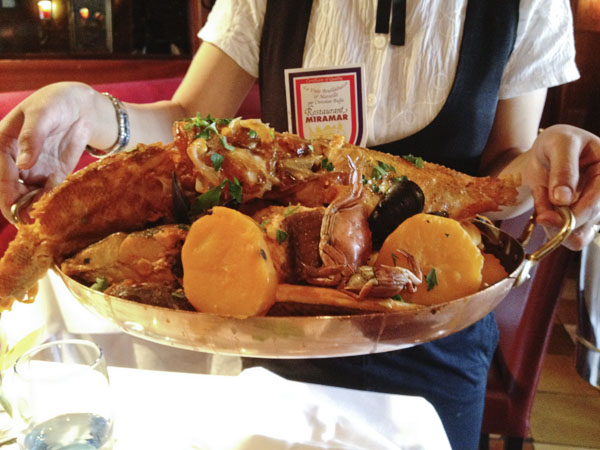
In true French fashion, chefs in Marseille drew up a charter stipulating just how many (at least four) and what approved types of fish may be included in a proper bouillabaisse. These include John Dory, monkfish, conger eel, and the indispensable, ever-elusive, untranslatable rascasse (which some call scorpionfish). Purists argue that a proper bouillabaisse can only be had in the Mediterranean because it must include fresh fish found only in this region.
Other requirements of a proper bouillabaisse: saffron, fennel, tomatoes, a saffron aïoli called rouille… and apparently a hefty price tag.
That last part was what made me wish I had done a little more research. But I think even if I had, it wouldn’t have made too much difference. Because, as the aforementioned NPR story reports, bouillabaisse has become a high-class tourist meal costing upwards of 45€.
The preparation is involved, so many restaurants require a 24- to 48-hour reservation in advance and will only make it for groups of two or more people. Well, since we didn’t have any reservations, it seemed our only options were the tourist traps surrounding the pier, which have their bouillabaisse at the ready, or just to forgo the whole thing altogether.
Fortunately, one of said tourist traps surrounding the pier seemed to be among the few acknowledged restaurants serving la vraie bouillabaisse: Le Miramar. Since it was approved by our guidebook, as well as by Traveler’s Lunchbox in her Marseille post, after some discussion we agreed that after coming all the way here, maybe we ought not to pass up a vraie bouillabaisse experience at a place that at least came well recommended and did not require advance reservation.
It was not until much later that I learned that Le Miramar supposedly serves a very reputable bouillabaisse. The restaurant, in fact, was one of the original signers of the the aforementioned “bouillabaisse charter” (of course this whole production can also be seen as a marketing ploy in itself). Le Miramar is also the recipient of a Michelin star, and the restaurant has quite literally become synonymous with bouillabaisse: If you go to www.bouillabaisse.com you will be redirected to the restaurant website. :)
Our meal started out with some complimentary small plates, including what I thought was crackers and deli meat of some sort, but actually turned out to be a flatbread with thinly shaved truffle slices. My cousin then realized that that was what she had been smelling as soon as the waitress set this in front of her. My previous encounters with truffles have only been in oil form, so it was interesting to try the actual truffle here. It was less earthy and more fishy than I expected, but it was not unpleasant. I’d need more truffle experience to figure out exactly how I feel about it. :)

Also served early is the rouille, a garlicky mayonnaise infused with saffron. I’ve found that I’m not a huge fan of saffron, but I really loved this rouille. The saffron flavor was not overpowering but just enough to perfume the spread, which was wonderfully garlicky. And in case it wasn’t garlicky enough for anyone, there was also raw garlic on the side you could rub on the croutons. This was meant to be eaten with the bouillabaisse but was also good on its own.

The bouillabaisse itself comes in two courses. First, the soup arrives — a rich, saffron-infused, thick seafood stew. Le Miramar is known for also using pastis, a liquorice-y Provençal apéritif, in their bouillabaisse. I didn’t realize or detect this at the time, so if it was there it must have been subtle. If I remember correctly, the soup was just a tad overly salty for me, but it was very flavorful and filling.

I was starting to get stuffed after the starters and the soup, but that was really just the beginning of the meal. The highlight is the second course, which consists of the various fish and shellfish that went into the bouillabaisse. Some restaurants will bring all this out on a platter and cut the fish at the table for you. At Le Miramar, they bring you a platter beforehand to show you all the ingredients of the stew and then take it back to prepare. The fish and shellfish are then presented to you in more stew. I think it can be assumed that you didn’t get the exact ingredients seen in the platter (and definitely not in that amount) in your actual dish, but you do get the full variety.

What did we all think of la vraie bouillabaisse? Well, two out of three of us ordered it (and only because the menu says bouillabaisse must be prepared for a minimum of two people, though we later saw other tables with only one order), but we all tried it, and we all agreed that while it was fine, we probably would not order it again, especially at that price.
No doubt the bouillabaisse was prepared with good ingredients and was well done. I enjoyed trying the different types of fish — some of them quite firm fleshed, and others more delicate. The soup was very rich and filling — even too much so for me. Neither my cousin nor I came even close to finishing our meals. The dish felt quite heavy to me, and I had to give most of it to my husband. My favorite part of the meal was actually the rouille, the saffron garlic mayo.
My husband had ordered le grand aïoli, and we all actually loved this dish much more than the bouillabaisse. Le grand aïoli is another traditional Provençal specialty featuring the garlic mayonnaise it is named for, poached cod, and blanched crudités (vegetables). I enjoyed this dish for being better balanced and better portioned. Every component stood well on its own but also complemented everything else. The cod was perfect, the broth flavorful, the aïoli creamy and spicy with garlic, and the vegetables just barely cooked so that they retained their crisp.

Apparently, another tradition surrounding bouillabaisse is la sieste, because who can do anything after all that food? (You can understand now how Vulcan lapsed into a bouillabaisse-induced coma while Venus traipsed off with Mars.) We took part in this tradition without even being aware of it. Here is the square where we rested after our bouillabaisse feast.
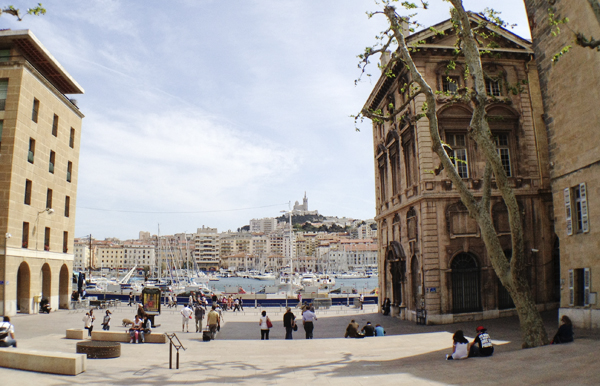
After recovering from our meal, we drove around the Azure Coast, as the French call the Mediterranean, stopping to see coves and walk along the shores.

In the end, my experience of bouillabaisse in Marseille did feel slightly more like an obligation than a highlight. The mystique surrounding the whole thing just comes across as a bit contrived to me, but maybe if we had gone to a less touristy spot we would’ve had a more heartfelt experience. If you enjoy hearty stews and seafood, you may very well love bouillabaisse. In that case, I would suggest doing a little planning to find a good restaurant recommendation and then calling in your order in advance. But should you ever find yourself in Marseille without a restaurant reservation, Le Miramar is conveniently located along the Vieux Port and serves a solid, albeit pricey, bouillabaisse without requiring advance notice. They also serve an excellent grand aïoli, which is what I would order if I went back.
Le Miramar
12 quai du Port
Vieux Port, Marseille
Phone: 04-91-91-10-40
Check out Traveler’s Lunchbox’s  “7 Reasons You Should Go to Marseille” for more recommendations.
For more posts on France, see…
Eating in Paris
Not Eating in Paris
The Bastille Quarter
Bistrot Paul Bert
Markets (Paris)
Oh, the Cheeses We Ate
Markets (Provence)
Aix-en-Provence
Provençal Specialties in Nice



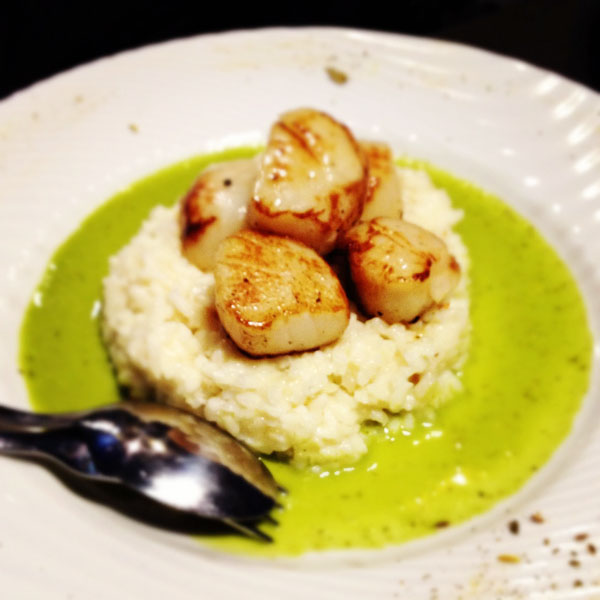
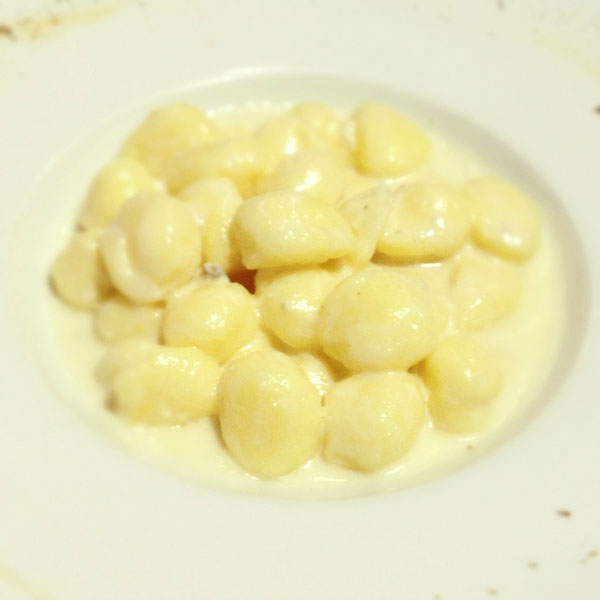













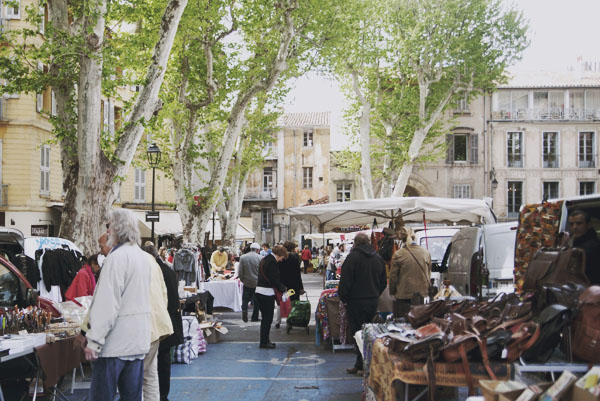
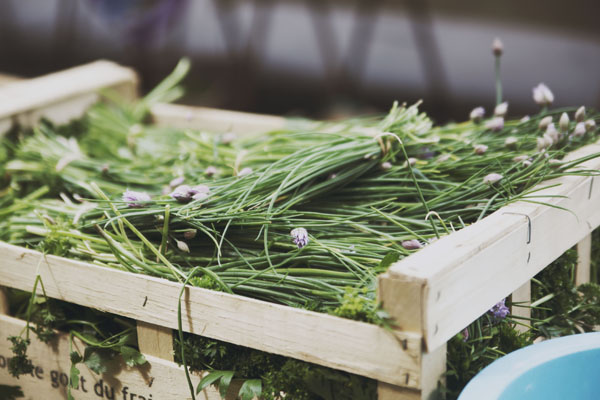














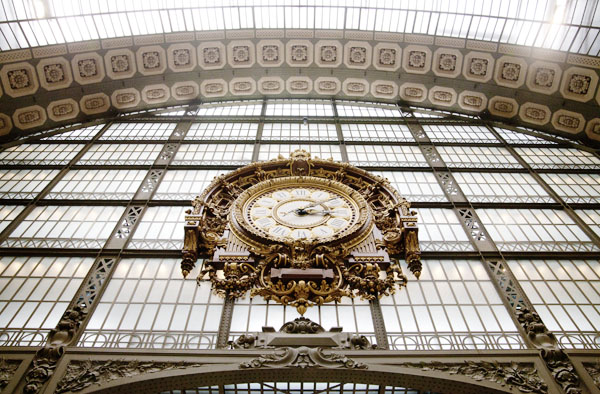
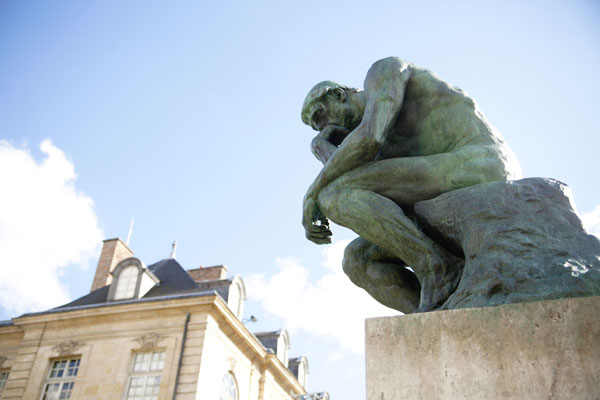



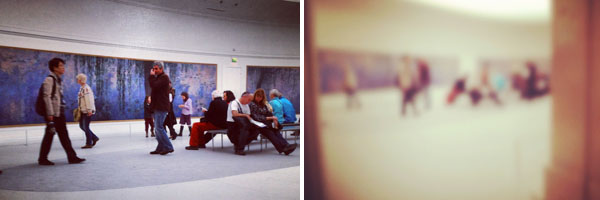
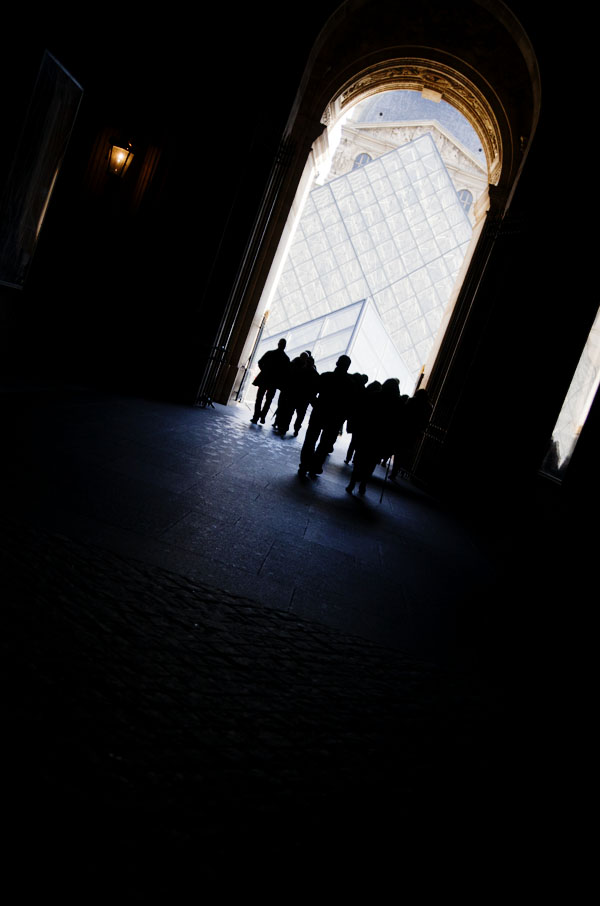
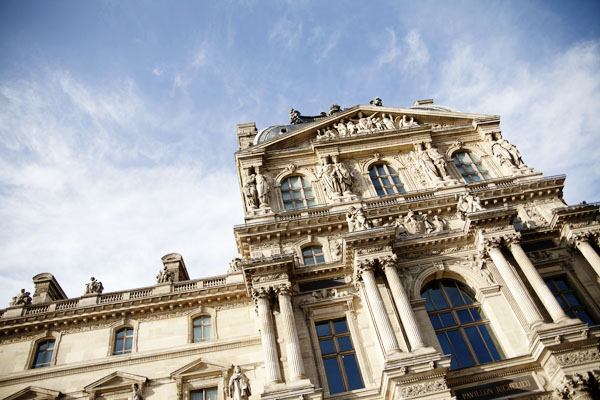
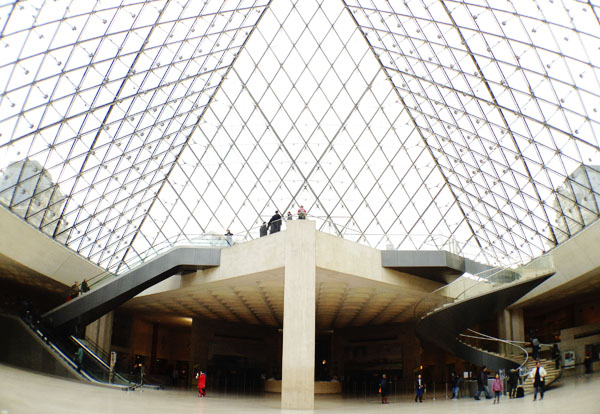

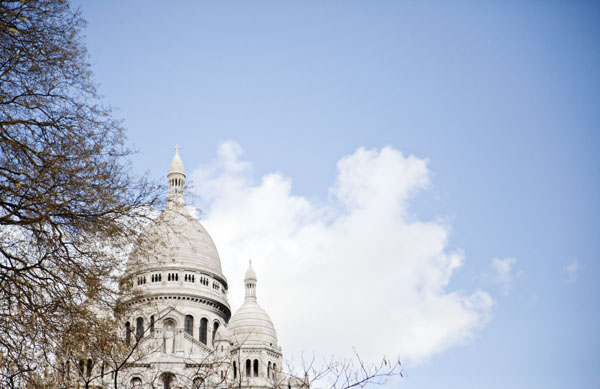


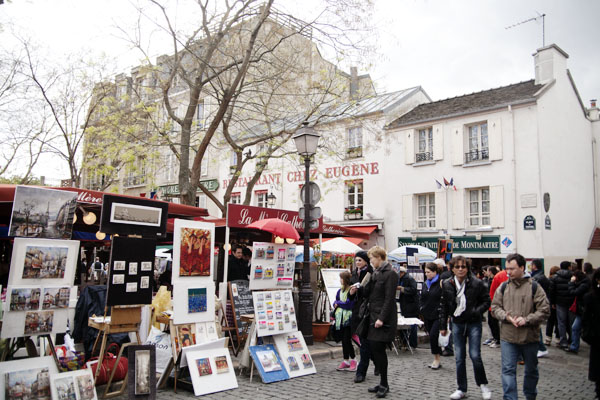


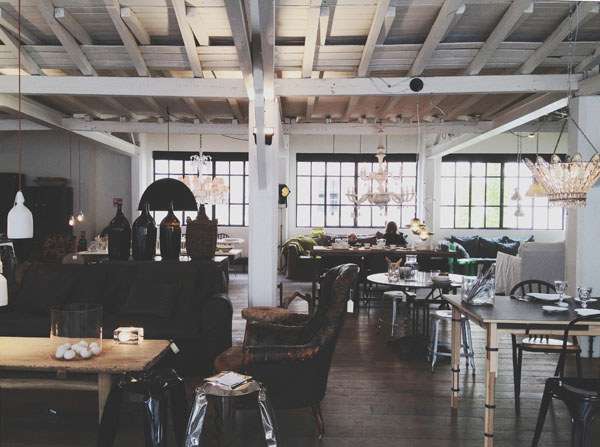
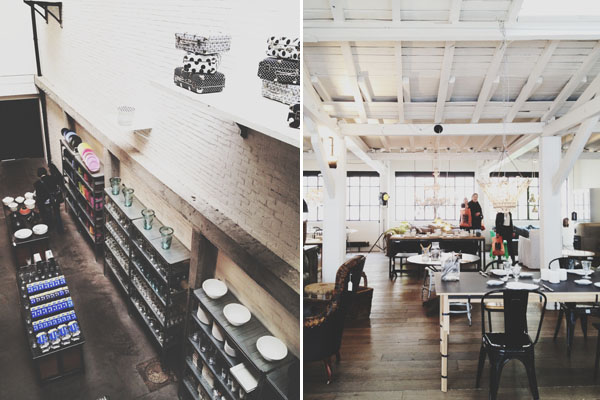
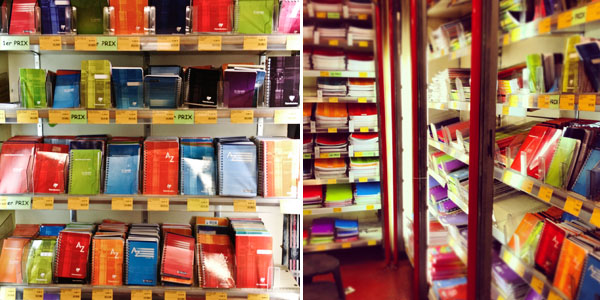



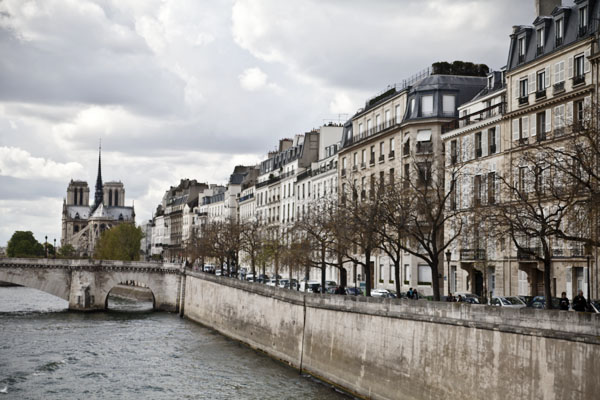
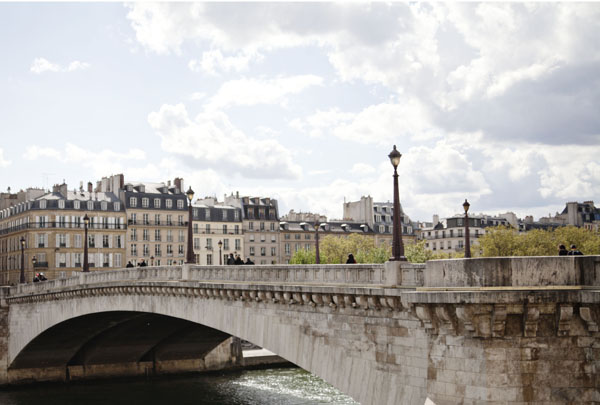



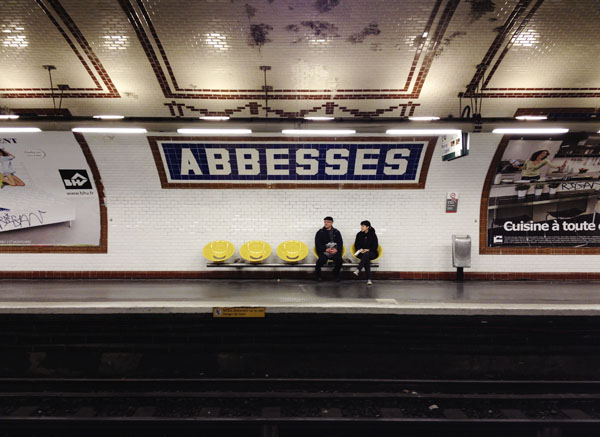
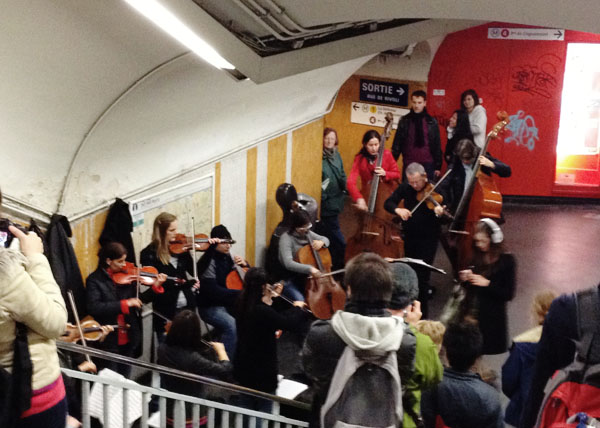



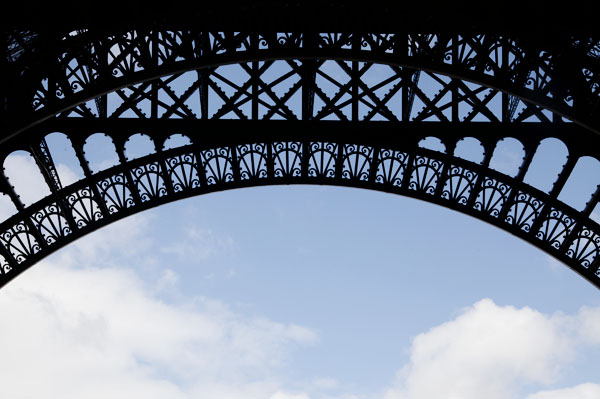
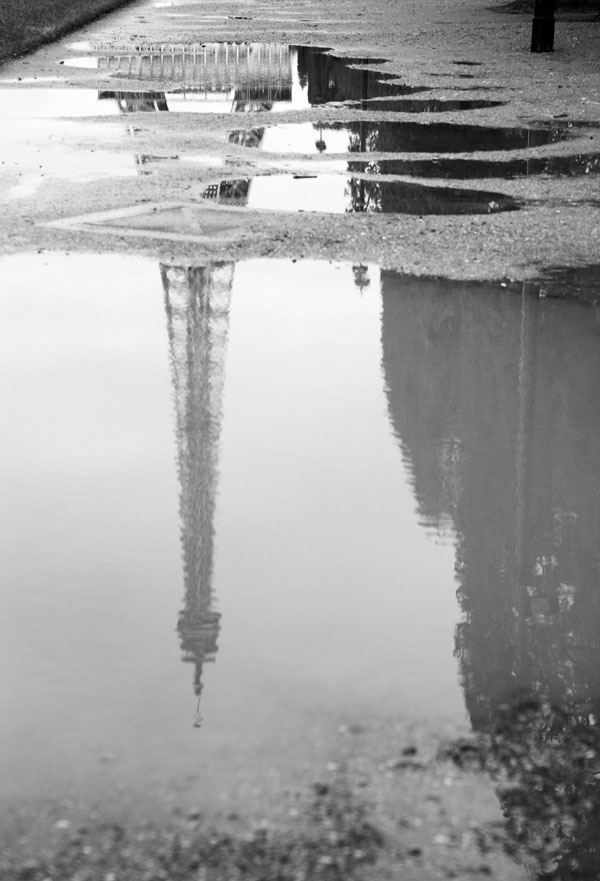









Connect with us